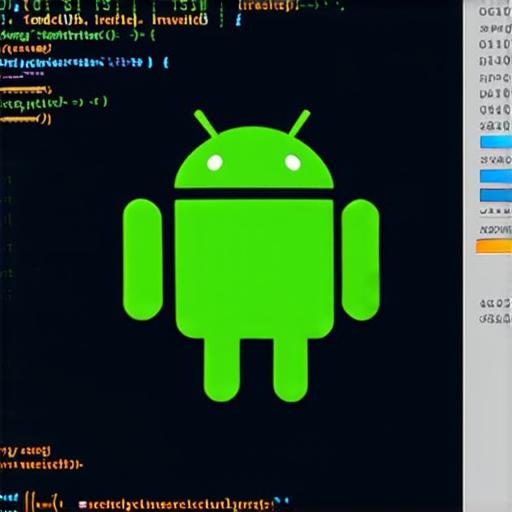Introduction
In this article, we will explore how to change the background color of a layout programmatically in Android Studio. We will cover the steps involved and provide real-life examples to illustrate each step. Additionally, we will discuss some best practices and common pitfalls to avoid when making these changes. By the end of this article, you should have a solid understanding of how to change the background color of your layouts in Android Studio.
Steps to change the background color programmatically
Step 1: Find the layout in your XML file
The first step to changing the background color of a layout is to find it in your XML file. Open up the file in Android Studio and locate the layout that you want to change. Once you have found it, you can use the "Inspector" tool to inspect its properties. Look for the "backgroundColor" property, which is typically listed as an attribute under the "android:background" tag.
Step 2: Set the new background color
Once you have located the layout in your XML file and identified the "backgroundColor" property, you can set a new color using code. To do this, you will need to create a new Color object and pass it as an argument to the "setBackgroundColor()" method of the layout. Here is an example:
java
// Create a new Color object with the desired background color
Color backgroundColor Color.parseColor(“FF0000”); // Red
// Get a reference to the layout you want to change
Layout layout findViewById(R.id.my_layout);
// Set the background color of the layout
layout.setBackgroundColor(backgroundColor);
In this example, we create a new Color object with the hex value for red (FF0000) and pass it as an argument to the "setBackgroundColor()" method of a layout with the ID "my_layout". This will set the background color of the layout to red.
Step 3: Apply the changes programmatically
To apply the changes programmatically, you will need to run your app and see if the new background color has been applied correctly. If it has not, you can check your code for any errors or typos. You may also want to test different background colors to ensure that they are being applied correctly in all scenarios.
Best practices for changing background colors programmatically
Use constants for colors
It is generally a good idea to use constants for colors instead of hardcoding them into your code. This makes it easier to change the color scheme of your app in the future, and it also makes your code more readable. To create a constant for a color, you can define it as a public static final variable in a class. Here is an example:
java
public class MyColors {
public static final int RED 0xFF0000";
}
In this example, we define a public static final integer constant for the color red. You can then use this constant in your code instead of hardcoding the hex value:
java
// Create a new Color object with the desired background color
Color backgroundColor Color.parseColor(MyColors.RED); // Red
// Get a reference to the layout you want to change
Layout layout findViewById(R.id.my_layout);
// Set the background color of the layout
layout.setBackgroundColor(backgroundColor);
Use different colors for different situations
It is generally a good idea to use different colors for different situations in your app. For example, you may want to use a darker color for buttons and a lighter color for the background. This can help to create a more visually appealing and consistent look and feel throughout your app. To do this, you can define different constants for each color and use them as needed.

Common pitfalls to avoid when changing background colors programmatically
Don’t forget to update the XML file
If you change the background color of a layout programmatically, you will need to update the corresponding XML file to reflect the new color. This is important because any changes made programmatically will only affect the runtime version of your app, not the compiled version. To avoid this issue, make sure to update the XML file whenever you make changes to the background color.
